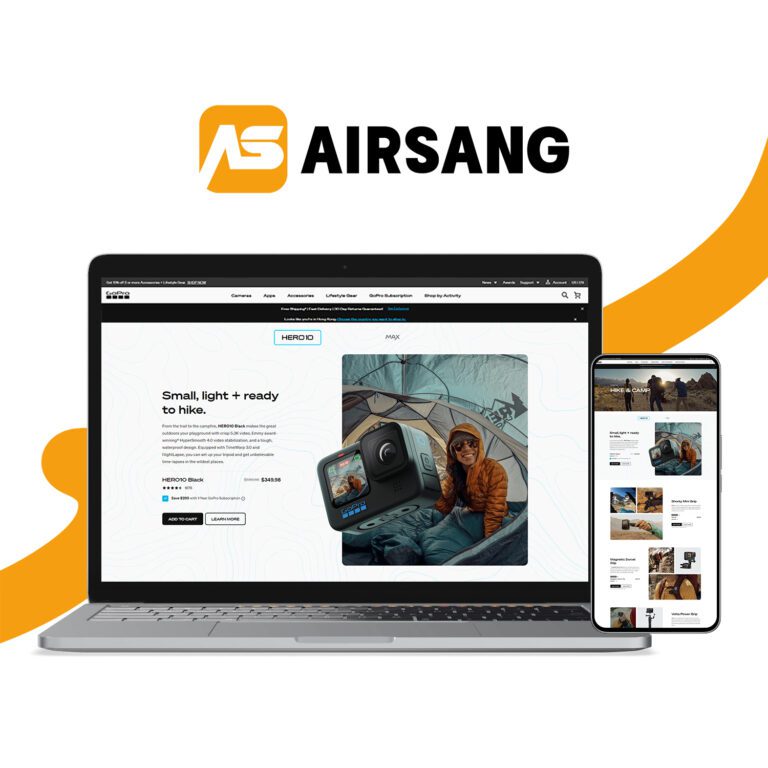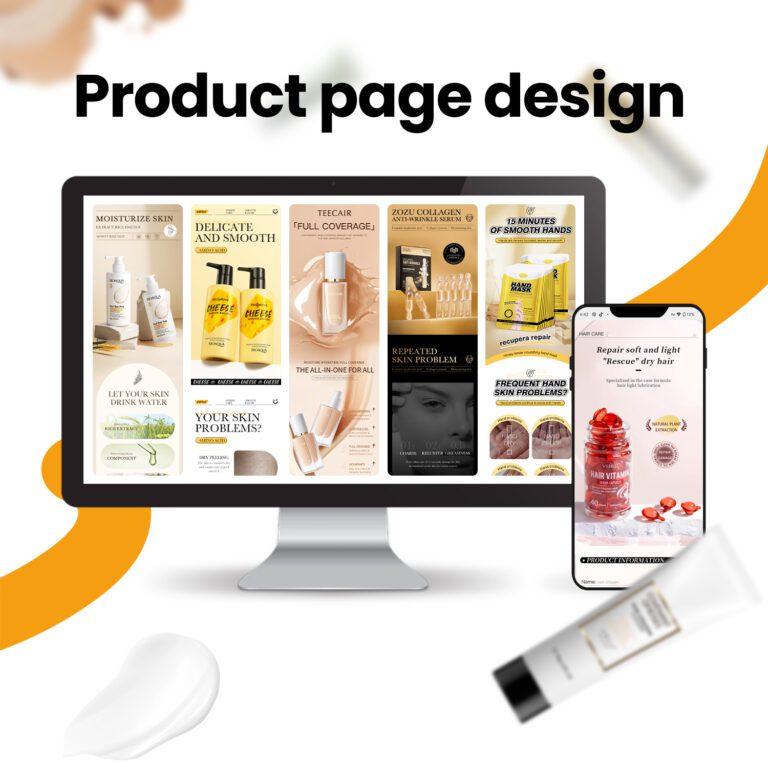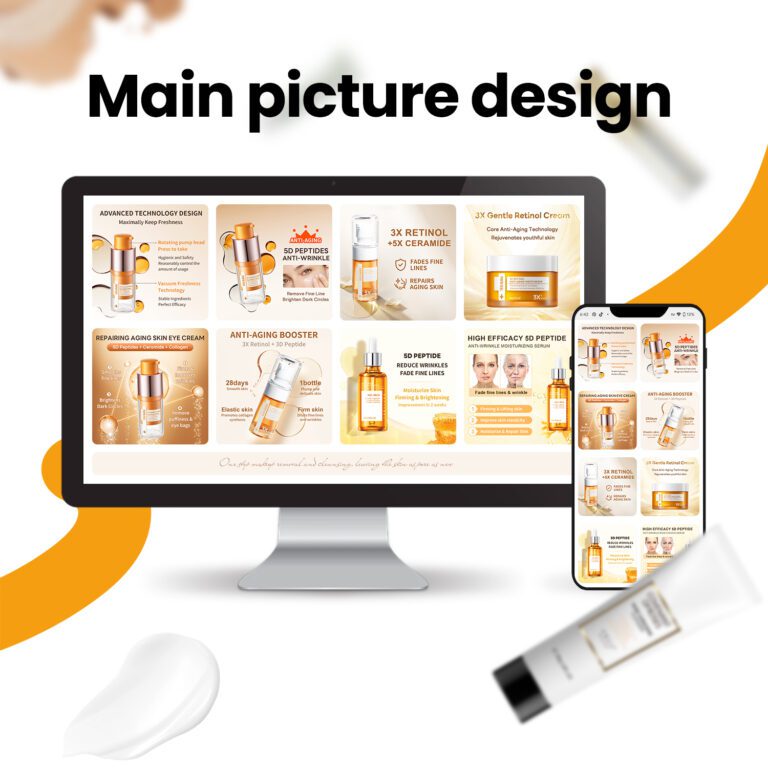How Poor Mobile Design Is Losing You Clicks
If your site isn’t mobile-friendly, you’re losing customers fast.
At Airsang Design, we know today’s users browse, buy, and book on their phones—and over 60% of web traffic proves it. A slow, clunky mobile experience leads to instant drop-offs and missed conversions.
Don’t let poor mobile design cost you clicks. Here’s why it matters—and how to fix it.

Why Optimizing Your Website for Mobile Matters
Smartphones are now the main way users browse and buy—often judging your site in seconds.
With Google’s mobile-first indexing, your mobile site directly impacts your search ranking. A poor mobile experience doesn’t just frustrate users—it lowers visibility, leads, and sales.
Make mobile optimization a priority, not an afterthought.
The Hidden Price of Not Having a Mobile-Friendly Website
A non-mobile-optimized site quietly drains your business. Here’s how:
- High Bounce Rates: Slow, broken layouts make mobile users leave instantly.
- Poor SEO: Google penalizes sites that don’t meet mobile standards.
- Low Conversions: Bad UX = fewer clicks, leads, and sales.
- Frustrating Experience: Tiny text, endless zooming, and awkward navigation drive users away.
- Damaged Brand Image: Outdated design signals low credibility.
- Weaker Social ROI: Most ad clicks happen on mobile—if your page fails, so does your campaign.
At Airsang Design, we help businesses fix these leaks with seamless, high-converting mobile experiences.
How to Tell If Your Website Is Losing Mobile Traffic and Conversions
Not sure if mobile issues are hurting your site? Watch for these red flags:
- Higher bounce rate on mobile vs. desktop
- Users need to pinch, zoom, or scroll sideways
- Buttons are too small or too close together
- Mobile traffic isn’t converting
- Users complain about mobile usability
- Load time exceeds 3 seconds
- Pop-ups block content or won’t close
- Text/images misaligned or overflowing
- Menus don’t work well on touch
- High mobile exit rates in analytics
- Site looks broken on some mobile devices
How to Enhance Your Website’s Mobile Experience
You don’t need a full rebuild to improve mobile performance—just smart adjustments. Here’s how:
- Use responsive design to adapt to all screen sizes
- Speed up your site with image compression, lazy loading, and cleaner code
- Simplify navigation with mobile-friendly menus and clear labels
- Make buttons large and easy to tap with enough spacing
- Place CTAs and key content above the fold
- Avoid intrusive pop-ups that block the screen
- Use readable fonts with strong contrast
- Streamline forms with fewer fields and mobile-friendly inputs
- Test on real devices, not just emulators
Conclusion
Your site may look great on desktop—but if it struggles on mobile, you’re losing where it counts. A poor mobile experience costs you clicks, leads, and long-term growth.
At Airsang Design, we turn underperforming websites into mobile-optimized, high-converting platforms. Think your site isn’t mobile-ready? Let’s talk—and start turning mobile traffic into loyal customers.
















